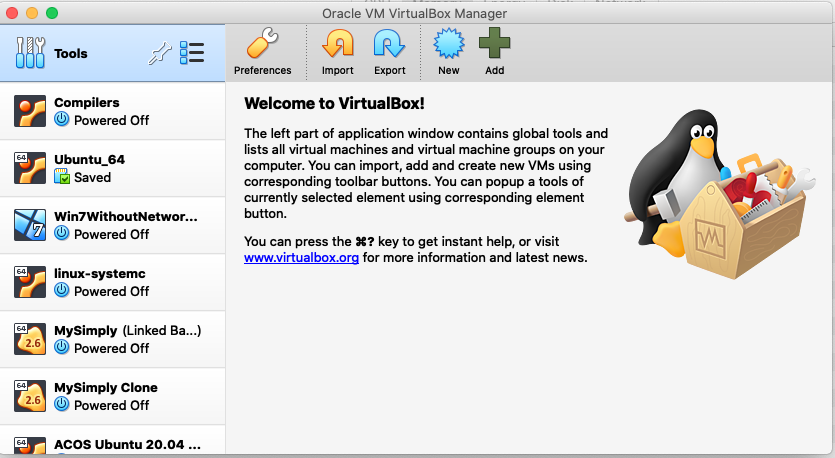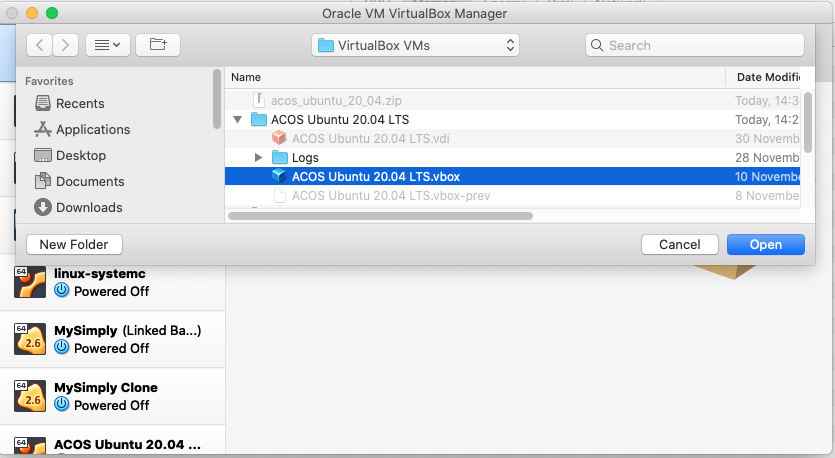Linux Ubuntu
In this course, we will be using Linux Ubuntu, which is one the most popular Linux distributions. A brief description of Linux Ubuntu can be found in Wikipedia.
The Ubuntu version, which we will be working with, is Ubuntu 20.04 LTS (Focal Fossa), where LTS stands for long-term support. This means that this distribution will be supported by its vendor for 5 years (free security and maintenance updates).
Downloading
Ubuntu 24.04 LTS can be downloaded from this page. Please pay some attention to system requirements.
The downloaded distribution file is an ISO image,
which has a name like this: ubuntu-24.04.2-desktop-amd64.iso.
Installing in Virtual Machine
Because our laptops are already have operating systems other than Linux Ubuntu (most likely Windows or Mac OS) and we would to to make experiments with Linux without fear to break the entire system, we will install Linux Ubuntu in a virtual machine.
To install and run Linux Ubuntu, we will be using the VirtualBox virtualization tool by Oracle. The recommended version is 7.1. If you have not installed it, please do it. Here is download link.
Instructions on how to install Linux Ubuntu and related tools in VirtualBox are here. However, for the beginning, we can download and run a ready-to-use virtual machine.
Ready-To-Use Virtual Machine
Installing Linux Ubuntu into VirtualBox is a topic for one of the lab classes dedicated to virtual machines. To simplify using Linux Ubuntu in other classes, a ready-to-use virtual machine is provided.
Here are the download links for ready-to-use VMs:
- Linux Ubuntu 20.04 LTS. 3.21 GB (about 8 GB when unpacked).
You need to download, unzip, and add to it your VirtualBox.


Connecting to Ubuntu via SSH
- Run terminal in your host operating system (Git Bash for Windows).
- Execute the following command:
ssh acos@localhost -p2022 - For the downloaded ready-to-use VMs, use the password
acos2020.